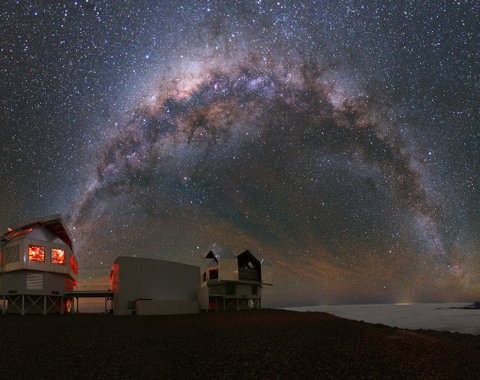2014 Astronomy Lecture Series

Each year the Observatories organizes a series of public lectures on current astronomical topics. These lectures are given by astronomers from the Carnegie Observatories as well as other research institutions. The lectures are geared to the general public and are free.
2014 Season
April 7, April 21, May 5 and May 19th.
All four lectures this year will be held at A Noise Within, the theater located at 3352 East Foothill Blvd, Pasadena, CA 91107 (just North of the 210 Freeway). Free parking is available in the Metro Gold Line parking structure just South of the theatre. Enter the structure East off Sierra Madre Villa Ave. (if you are traveling North on Sierra Madre Villa) or West off Halstead Street. Click here for a map which depicts the site with the theatre, parking structure, and surrounding streets. Visit www.anoisewithin.org for directions and more information. All lectures are free and open to the public, but seating is limited. Please arrive early. Doors open at 7:00 PM and all lectures start at 7:30 PM. Light refreshments will be served in advance of the lectures.
The 2014 Astronomy Lecture Series is organized by Dr. John Mulchaey, Associate Director for Academic Affairs. For more information, please contact 626.304.0250 or visit obs.carnegiescience.edu.
Schedule
Dr. Linda T. Elkins-Tanton
Director, Department of Terrestrial Magnetism
Carnegie Institution for Science
The search for life within and beyond our solar system is one of today’s most exciting directions in astronomy. Astronomers and scientists in other disciplines are collaborating to discover how the processes of planetary evolution combine to produce a habitable planet, as defined by one indispensable ingredient: liquid water. Dr. Elkins-Tanton will discuss the mysteries of planetary formation – where Earth’s water came from, whether our solar system is average or unusual, how dust around young stars could accrete into planets, and much more.
Watch recordingDr. Alan Dressler
Staff Astronomer,
The Carnegie Observatories
The Hubble Space Telescope has revolutionized our understanding of stars, galaxies, and the nature of our vast universe, and has blazed a trail to new journeys that lie beyond Hubble’s reach. Dr. Dressler will describe several future space telescopes – some already in fabrication, others on the technological horizon. These “virtual spaceships” will carry us to the end of our journey to understand the birth of stars and galaxies – the dawn of the modern universe – and will launch new quests to locate other worlds like Earth that may be habitable, or even inhabited.
Watch recordingDr. Wendy Freedman
Crawford H. Greenewalt Chair and Director,
The Carnegie Observatories
High in Chile’s Atacama Desert, construction of the largest telescope ever created is underway: the Giant Magellan Telescope, ten times more powerful than the Hubble Telescope. Dr. Freedman, head of the international GMT consortium, will discuss the complex teamwork involved in building this extraordinary instrument, and how the GMT will increase our understanding of dark matter and dark energy, the evolution of galaxies, the exciting field of exoplanets, and more. The GMT caps more than a century of leadership by the Carnegie Observatories in telescope technologies and contributions to our knowledge of the universe.
Watch recordingDr. Andrew Benson
George Ellery Hale Distinguished Scholar in Theoretical Astrophysics,
The Carnegie Observatories
Astronomy tells us that most of our universe is made from so-called “dark matter” – an invisible substance that holds together galaxies and clusters of galaxies. But how can we study something that we can’t see? Dr. Benson will describe the many ingenious ways that astronomers have found – and continue to find – to understand the nature of dark matter, including looking at how light from distant galaxies is deflected by gravitational lensing, and searching for the smallest galaxies in the universe.
Watch recording